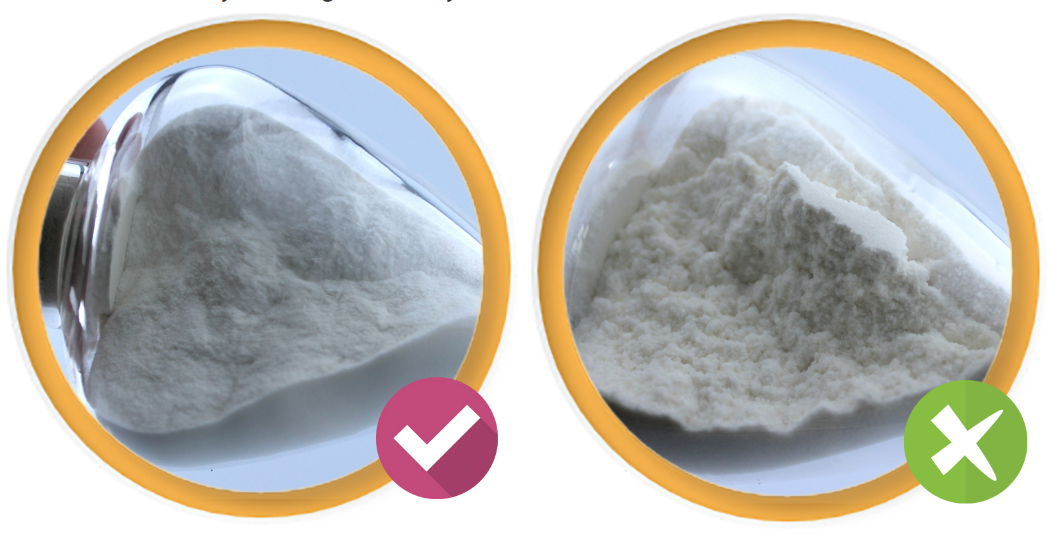
আগস্ট . 12, 2024 13:24 Back to list
Exploring the Properties and Applications of HPMC Cellulose in Modern Industries and Formulations
HPMC Cellulose An Overview of Its Properties and Applications
Hydroxypropyl Methylcellulose (HPMC) is a semi-synthetic, non-ionic cellulose ether derived from natural cellulose. Its unique properties have made HPMC a vital component in various industries, including pharmaceuticals, food, construction, and personal care products. This article will delve into the characteristics, manufacturing process, and diverse applications of HPMC.
Properties of HPMC
HPMC is characterized by its white, odorless powder form that is soluble in cold water but not in alcohol or organic solvents. Its solubility in water leads to the formation of a gel-like substance, making it useful as a thickener and stabilizer. The hydroxypropyl and methyl groups impart unique functionalities, such as improved water retention, adhesive properties, and film-forming ability. These attributes are essential in controlling the release of active ingredients in various formulations.
Another key property of HPMC is its viscosity, which can be tailored by varying the degree of substitution and the molecular weight during synthesis. This variability allows for the customization of HPMC for specific applications, meeting the needs of different industries. Additionally, HPMC is compatible with a wide range of other agents, such as surfactants, polymers, and salts, further enhancing its utility in formulation.
Manufacturing Process
The production of HPMC involves a series of chemical processes. First, natural cellulose is extracted from plants, usually derived from wood pulp or cotton. The cellulose is then treated with alkali to facilitate the etherification reaction, where the hydroxypropyl and methyl groups are introduced. The end product is then purified, dried, and milled into a fine powder form. This meticulous process ensures that HPMC retains its functional properties and quality for various applications.
Applications of HPMC
hpmc cellulose

The versatility of HPMC allows for broad applications across various sectors
1. Pharmaceuticals HPMC is widely used in the pharmaceutical industry as a binder, film coating agent, and controlled-release drug delivery system. Its ability to form gels makes it an excellent option for sustained-release formulations, ensuring that medications are absorbed in the body over an extended period.
2. Food Industry In the food sector, HPMC serves as a thickening agent, emulsifier, and stabilizer in products such as sauces, dressings, and dairy items. It enhances texture and mouthfeel, making food more palatable while also contributing to the product's shelf life.
3. Construction HPMC is utilized in the construction industry, particularly in tile adhesives, plasters, and grouts. It improves workability, water retention, and adhesion properties, allowing for better performance and durability of construction materials.
4. Personal Care In cosmetics and personal care products, HPMC functions as a thickener and film-forming agent. It is commonly found in lotions, creams, and hair care products, enhancing their stability and providing a smooth application.
5. Agriculture HPMC has gaining attention in agricultural applications as a coating for seeds and pesticides. Its film-forming properties help to increase adherence and slow the release of active ingredients, contributing to improved efficacy.
Conclusion
Overall, HPMC is a multifunctional and versatile compound with a wide range of applications across diverse industries. Its unique properties make it an invaluable ingredient in many formulations, from pharmaceuticals to food and construction materials. As more industries discover its potential, the demand for HPMC is likely to grow, highlighting its importance in modern product development and innovation.
-
Versatile Hpmc Uses in Different Industries
NewsJun.19,2025
-
Redispersible Powder's Role in Enhancing Durability of Construction Products
NewsJun.19,2025
-
Hydroxyethyl Cellulose Applications Driving Green Industrial Processes
NewsJun.19,2025
-
Exploring Different Redispersible Polymer Powder
NewsJun.19,2025
-
Choosing the Right Mortar Bonding Agent
NewsJun.19,2025
-
Applications and Significance of China Hpmc in Modern Industries
NewsJun.19,2025







